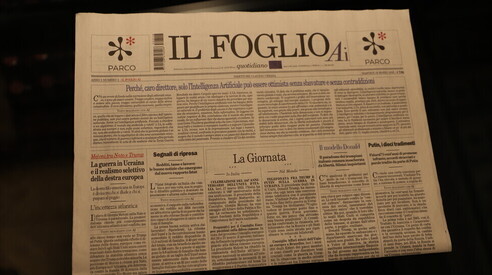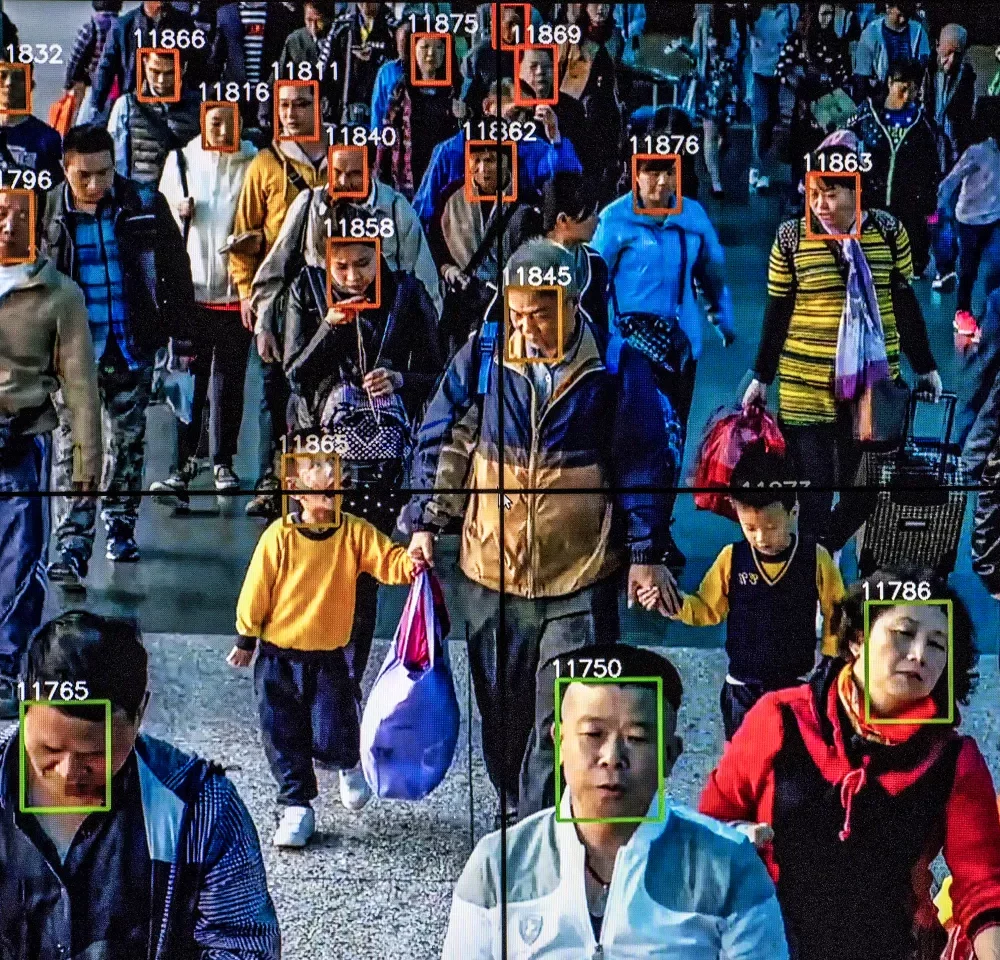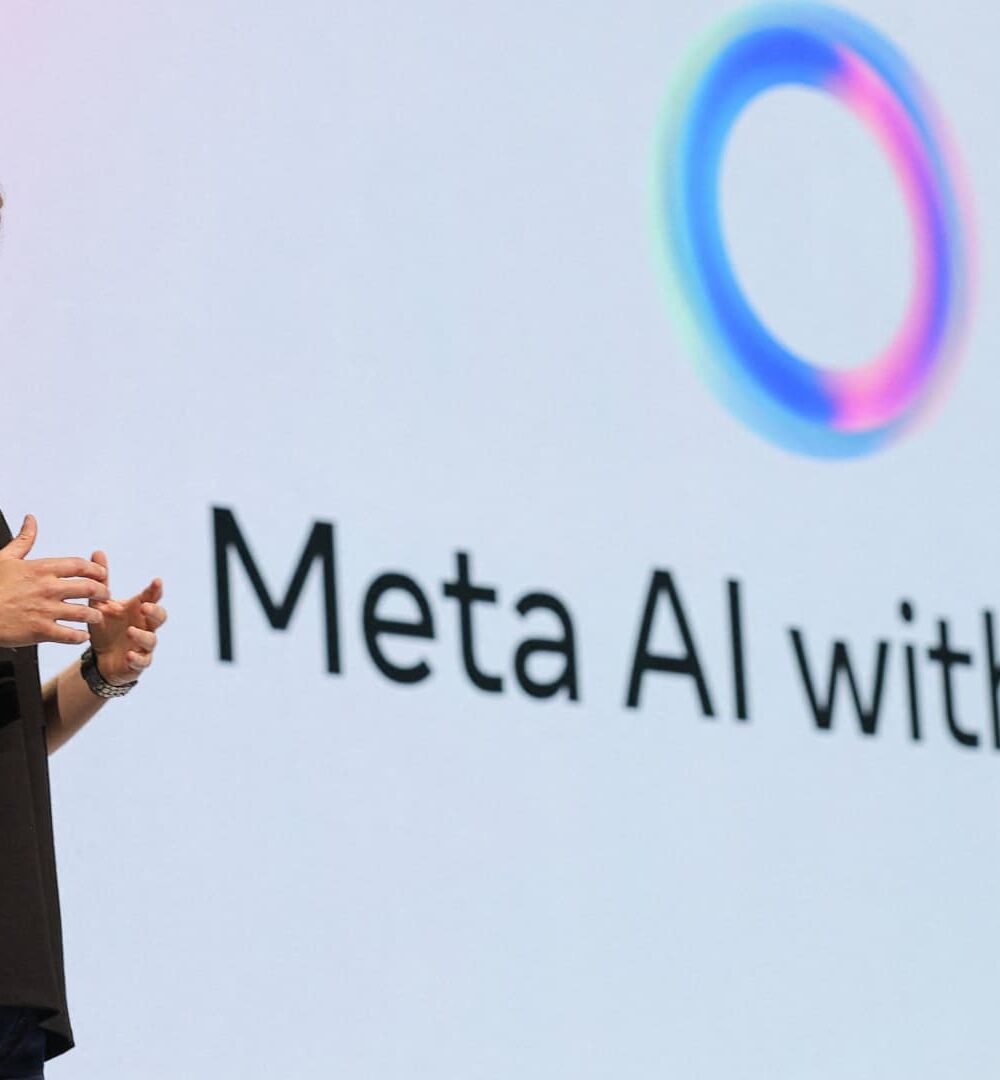On March 17, the daily newspaper Il Foglio launched an editorial experiment titled Il Foglio AI: a sort of duplicate of the newspaper, created with the help of artificial intelligence, to be published in both print and digital format for one month.
In practice, journalists send questions or prompts to the AI, which then generates articles that are published in this ‘twin’ version of the paper. Editor-in-chief Claudio Cerasa described it as “a provocation and a challenge” to explore whether and how AI can enrich journalistic work without replacing human input, while Il Foglio’s founder, Giuliano Ferrara, called the initiative “an intelligent and useful game.”
The experiment was presented with triumphant tones by the newspaper and picked up by news outlets around the world, but it hasn’t been without doubts and critical aspects.
The newspaper explained that AI would be used throughout the editorial process—from writing the article to crafting the headlines, summaries, and quotes. At the same time, however, Il Foglio did not provide any information on which AI models were used, nor did it explain what prompts were given to the machine or whether, and to what extent, there were human modifications or contributions.
Without this information, it’s difficult to assess the impact and role of AI in the conception and structure of Il Foglio’s experiment. Still, one can evaluate the final result: the articles, on the whole, are enjoyable and reflect the style of the newspaper led by Cerasa, thus demonstrating that AI—if properly trained and given the right inputs—is capable of faithfully reproducing a newspaper’s editorial voice.
However, Il Foglio AI remains a missed opportunity. That AI can produce journalistic texts of good quality is already well known. With the experiment of the “first newspaper in the world created entirely with artificial intelligence,” we now also know that AI can write opinion pieces in the style of the originals and replicate a publication’s existing biases.
Rather than creating an ‘artificial’ replica of the newspaper, it would have been far more useful and interesting for readers to understand the mechanisms and choices behind the use of AI in composing an article—its role in combating fake news or in data mining for investigative journalism.
The question we should be asking is this: does this experiment add value to Il Foglio, or is it a superficial and pointless way of using AI in journalistic work?
Artificial intelligence is a powerful and extremely useful tool that has long been integrated into many respected and international newsrooms. It cannot and should not be reduced to a stylistic exercise or a mere writing assistant.
Alessandro Mancini
A graduate in Publishing and Writing from La Sapienza University in Rome, he is a freelance journalist, content creator and social media manager. Between 2018 and 2020, he was editorial director of the online magazine he founded in 2016, Artwave.it, specialising in contemporary art and culture. He writes and speaks mainly about contemporary art, labour, inequality and social rights.





















![YESTERDAY WAS MY BIRTHDAY SO I ASKED FOR LEGS TO RUN AWAY (Yannis Mohand Briki, 2024) [3]](https://www.the-bunker.it/wp-content/uploads/2025/06/YESTERDAY-WAS-MY-BIRTHDAY-SO-I-ASKED-FOR-LEGS-TO-RUN-AWAY-Yannis-Mohand-Briki-2024-3-thegem-product-justified-square-double-page-l.jpg)










